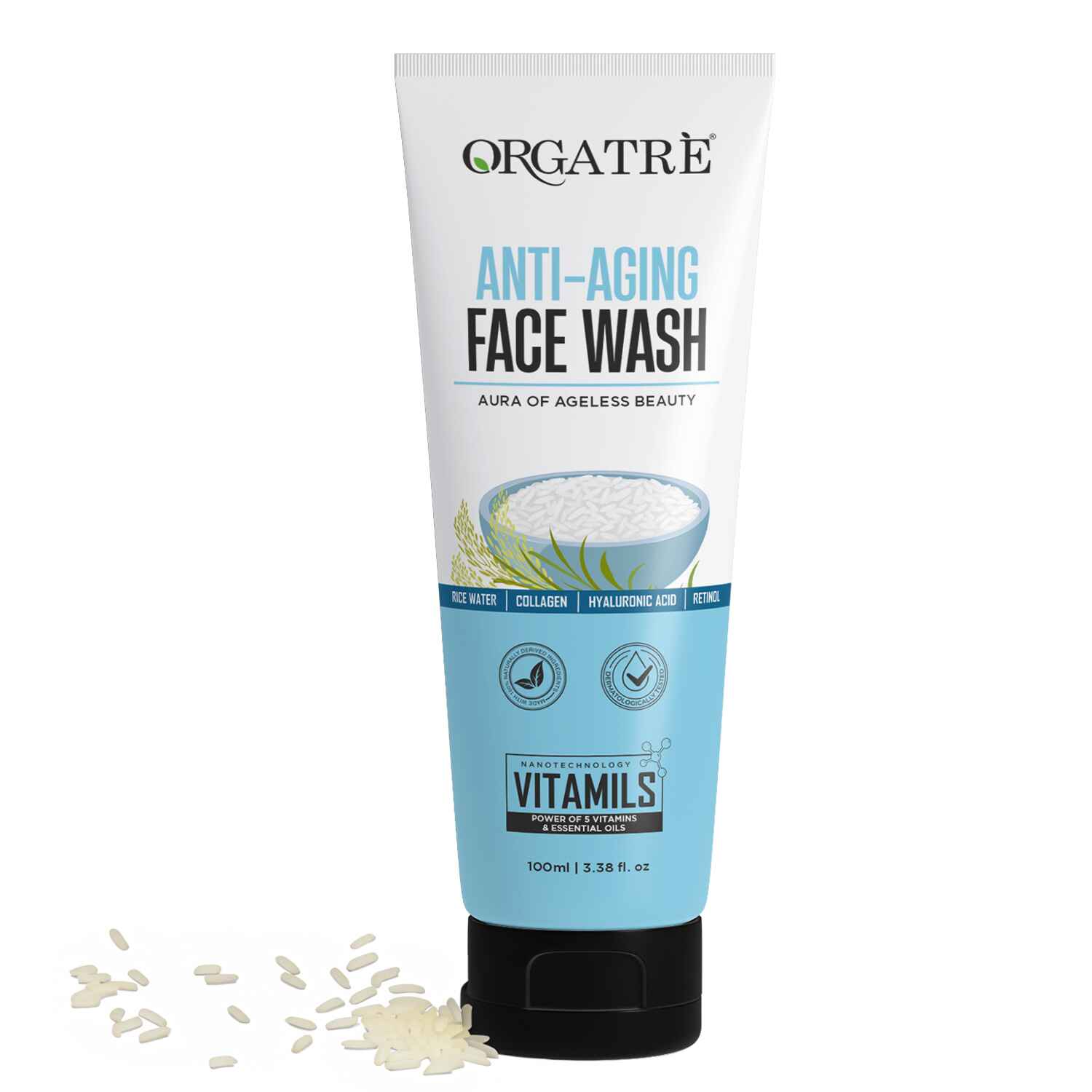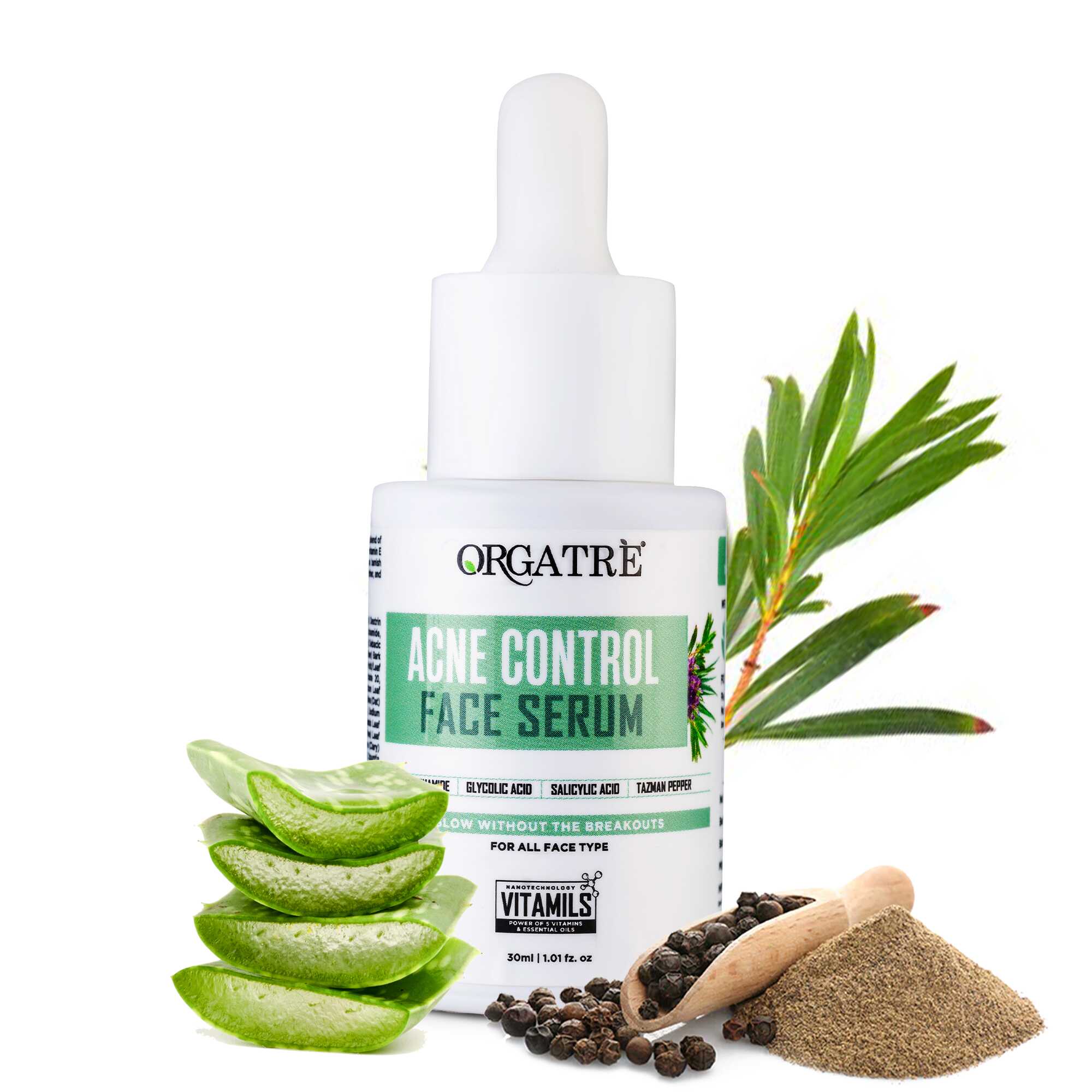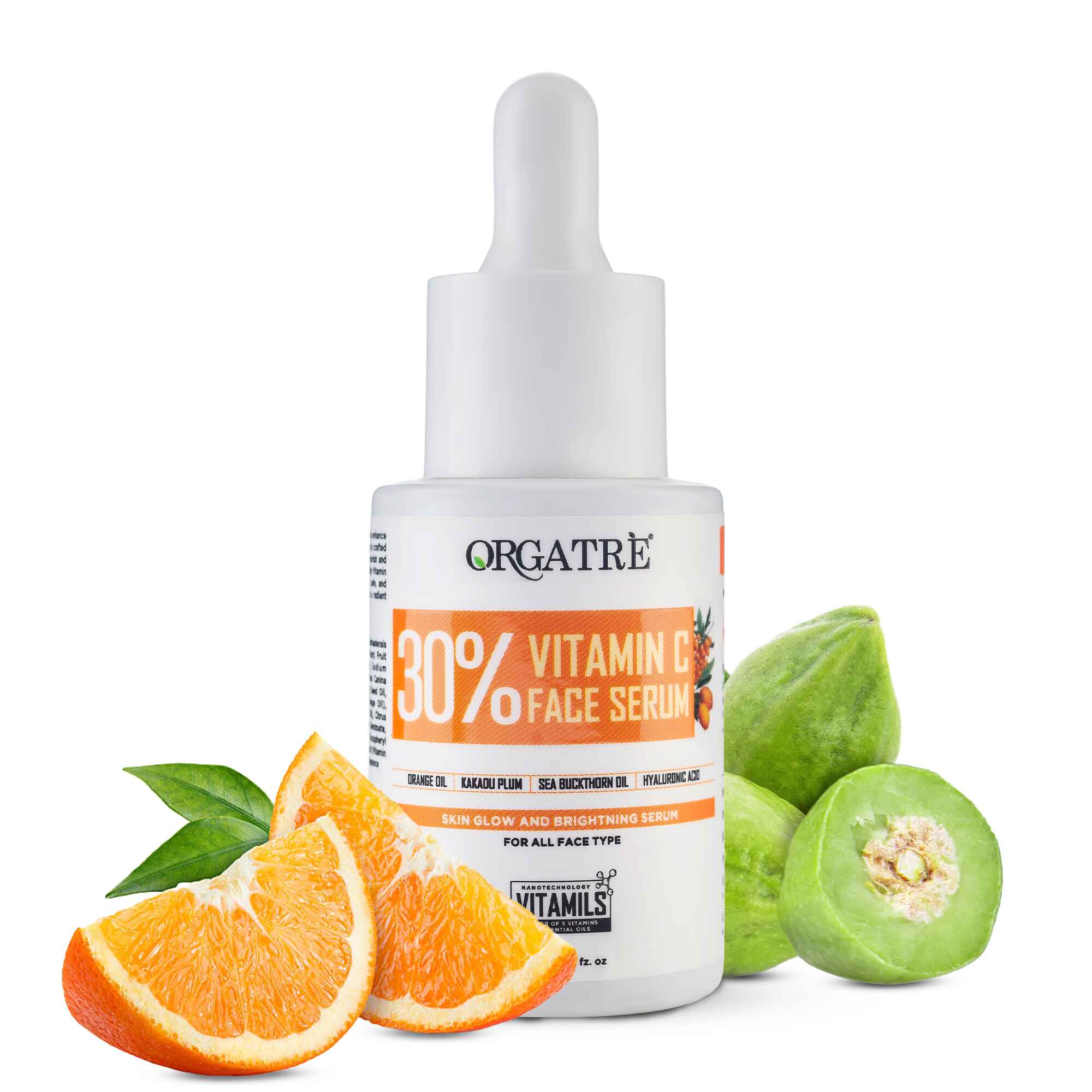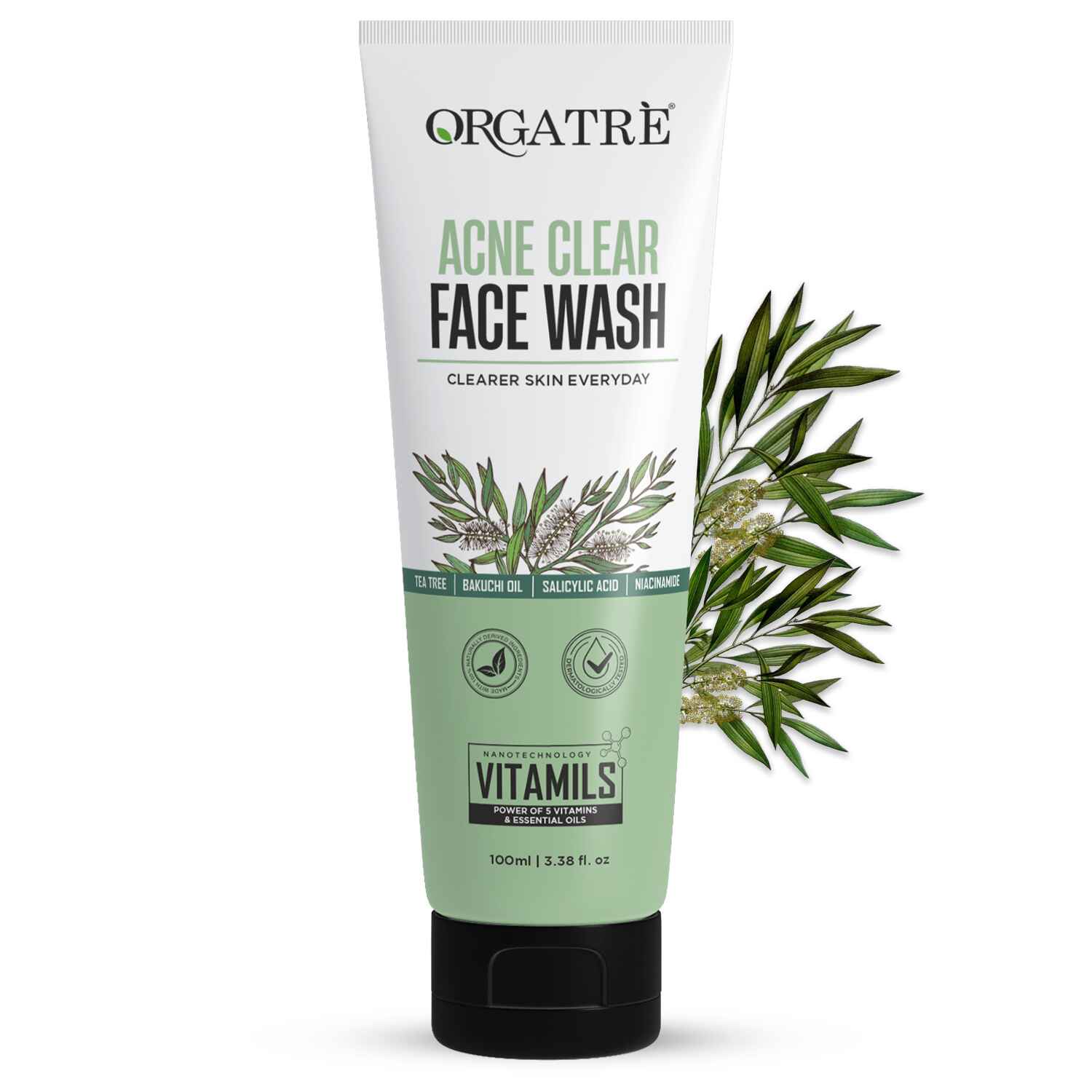Understanding Retinol: Benefits, How to Use It, and What to Expect
The pursuit of flawless skin has taken humanity through generations of elixirs, rituals, and remedies, but few ingredients have commanded the kind of reverence that retinol has in the skincare universe. Heralded as a modern-day miracle for skin rejuvenation, retinol isn’t just another trending compound; it’s a dermatologist-loved, research-backed powerhouse. Whether you’re a skincare novice or an advanced glow-getter, learning about retinol benefits, its correct usage, and expected results can transform your skincare journey.
Let’s delve into everything you need to know, from what retinol is to how to use it smartly, what outcomes to expect, and whether it’s right for you. This retinol skincare guide offers you a comprehensive view, no fluff, just skin-deep wisdom.
What is Retinol & Why is It a Skincare Game-Changer?
Retinol, a derivative of vitamin A, is not just a skincare ingredient; it’s a revolution. It belongs to a class of compounds known as retinoids, and unlike its prescription-strength cousin tretinoin, retinol is available over the counter. When comparing retinol vs. tretinoin, what sets retinol apart is its ability to work at a cellular level. While most topical products only treat the surface, retinol dives deep, accelerating skin regeneration and influencing collagen production.
Why is that important? Because the skin’s natural renewal slows with age, pollution, and stress. Retinol doesn’t just repair damage; it prevents it. That’s what makes it a skincare game-changer.
More than just hype, retinol benefits have been proven across skin types, tones, and concerns, making it one of the most versatile ingredients in dermatology. Whether you’re battling fine lines, acne, or dullness, retinol knows how to get to work, and fast.
Top Benefits of Retinol for Skin
1. Fights Signs of Aging: If aging gracefully is an art, retinol is your finest brush. It combats signs of aging by enhancing collagen synthesis and promoting elasticity, making the skin appear firmer, smoother, and lifted. Fine lines, crow’s feet, and forehead wrinkles begin to blur, and over time, deeper wrinkles may appear softened.
Unlike temporary tightening creams, retinol works from within, making it one of the only scientifically validated ingredients that reduces signs of intrinsic (genetic) and extrinsic (environmental) aging. Pair it with a consistent skincare routine, and the results can be truly transformative.
2. Improves Skin Texture & Tone: Uneven skin tone, enlarged pores, and rough patches are not only frustrating but can also dull your entire complexion. Retinol acts as a gentle exfoliator from within, encouraging new, healthy skin cells to replace old, pigmented ones.
This means that with continuous use, your skin’s surface becomes smoother, more even-toned, and radiant. For anyone suffering from sun damage or post-inflammatory hyperpigmentation, the changes can be profound and confidence-boosting.
3. Treats Acne & Prevents Breakouts: For acne-prone individuals, retinol can be nothing short of a miracle. It unclogs pores, reduces excess oil production, and prevents the formation of new pimples and blackheads. Its anti-inflammatory properties also calm active breakouts, making it a two-pronged solution: treat and prevent.
Many dermatologists recommend starting with Retinol Anti-Aging Face Serum to tackle early signs of acne while introducing anti-aging benefits—especially for adults who still deal with hormonal acne.
4. Speeds Up Skin Cell Turnover: Think of skin cell turnover as your skin’s self-renewal process. In youth, this cycle occurs every 28 days, but by the time we hit our 30s and beyond, it begins to slow down dramatically.
Retinol energizes this biological rhythm, promoting faster shedding of old cells and encouraging the formation of new, plump, healthy ones. The result? Fresher, smoother, and younger-looking skin that glows from within.
How to Use Retinol Correctly for Maximum Benefits?
While retinol’s magic is undeniable, its potency means it must be used correctly. The journey to beautiful skin should not come with unnecessary setbacks. Here’s how to navigate the path wisely.
1. Start with a Low Concentration: One of the biggest mistakes retinol for beginners often encounters is jumping straight into high concentrations. Resist the urge. Start with a mild 0.25% or 0.3% concentration to help your skin build tolerance.
This phase is about acclimation. Your skin needs time to adapt to retinol’s powerful effects. Starting low and slow reduces the risk of irritation and helps avoid the dreaded purging phase (more on that later).
2. Apply Retinol at Night: Retinol is photosensitive, meaning it breaks down when exposed to sunlight, losing its efficacy. That’s why nighttime is the right time. Apply your retinol serum or cream after cleansing, and let it work its magic as your skin regenerates overnight.
Avoid layering it with other active ingredients like AHAs, BHAs, or vitamin C during the same routine to reduce potential irritation unless your skin is highly tolerant and well-conditioned.
3. Follow the Right Application Steps: For optimal results, the order of application matters. Here’s a simplified retinol skincare guide:
* Cleanse your face with a gentle or hydrating cleanser (like the Anti-Aging Face Wash).
* Pat your skin completely dry (retinol on damp skin may increase irritation).
* Apply a pea-sized amount of retinol serum (like the Retinol Anti-Aging Face Serum) to your face, avoiding the eye and mouth area.
* Wait a few minutes.
* Apply a hydrating moisturizer to lock in moisture and reduce dryness.
Adding the Nourish All Day Cream (as a moisturizer) with retinol as your final step can buffer potential dryness while providing a synergistic dose of moisture and nourishment.
4. Use Retinol Only 2–3 Times a Week at First: Retinol isn’t a daily player in the beginning. Start with 2 to 3 times a week, and gradually increase frequency as your skin builds tolerance. Overdoing it may lead to inflammation, flaking, or sensitivity, especially for those with dry or sensitive skin.
Once your skin adjusts, you can slowly increase to every other day or daily use, depending on your skin’s comfort level.
5. Always Apply Moisturizer After Retinol: Never underestimate the power of a good moisturizer in your retinol skincare routine. It creates a protective barrier, helps in reducing irritation, and aids in hydration, especially as retinol can cause temporary dryness.
Look for moisturizers rich in ceramides, hyaluronic acid, or peptides to amplify skin recovery and barrier support.
What to Expect When You Start Using Retinol?
Getting into retinol can feel like stepping into uncharted territory. Here’s a realistic timeline of what to expect when you start, so you’re not caught off guard.
1. The Purging Phase – Temporary Breakouts:
Yes, breakouts may occur initially. This happens because retinol speeds up cell turnover, pushing underlying congestion to the surface. This detox-like process is called purging and typically lasts 2 to 4 weeks.
Don’t panic. It’s a sign the product is working. Stick with it unless irritation becomes extreme, in which case consult a dermatologist.
2. Skin Dryness & Peeling – Common Retinol Side Effects:
Mild peeling, tightness, or redness are common in the early stages. Think of it as your skin adjusting to its new, more efficient rhythm. Using the Anti-Aging Face Wash with Retinol, which is gentler and specifically designed to complement retinol routines, can help minimize these effects.
Hydration, sunscreen, and a short pause between cleansing and retinol application can also mitigate discomfort.
3. Visible Results – When Will You See a Difference?
This is the golden question. While some notice improved texture and clarity within 3-4 weeks, the true transformation happens over 6-8 weeks. Wrinkle reduction, pigmentation fading, and increased elasticity become noticeable with continued, consistent use.
Take photos to track your retinol before and after journey; it’s incredibly motivating to see the changes unfold.
Common Mistakes to Avoid When Using Retinol
Even the best ingredient can falter if misused. Here are the pitfalls to dodge:
- Overusing it too quickly: More isn’t better. It’s a recipe for irritation.
- Not using sunscreen: Retinol increases photosensitivity. Never skip SPF 30 or higher during the day.
- Layering incorrectly: Avoid combining retinol with harsh exfoliants or other actives unless specifically advised.
- Applying to damp skin: This can enhance penetration and lead to heightened irritation.
- Not moisturizing adequately: Always lock in hydration post-application to support your skin barrier.
Avoiding these mistakes ensures you harness retinol’s full potential—without the painful learning curve.
Who Should & Shouldn’t Use Retinol?
Who should use retinol?
- Adults in their mid-20s or older seeking preventive anti-aging care
- People dealing with acne, hyperpigmentation, or dull skin
- Anyone committed to a long-term, consistent skincare routine
Who should avoid retinol?
- Pregnant or breastfeeding individuals (consult your doctor)
- Those with ultra-sensitive skin or certain skin conditions like eczema or rosacea
- People who don’t commit to sunscreen (seriously, it’s non-negotiable!)
Also, when comparing retinol vs. tretinoin, the former is better suited in the best retinol products for beginners due to its gentler nature. Once your skin is acclimated, you can consider stepping up to stronger retinoids under professional guidance.
Conclusion: Retinol—Your Skin’s Silent Architect of Renewal
From understanding the retinol benefits to learning how to use retinol effectively, this guide arms you with the knowledge to approach your skincare journey with confidence. Yes, the path may include purging, peeling, and patience, but the results? They’re worth every step. The key is consistency, caution, and care.
For those just beginning, start gently with the right products, like the Retinol Anti-Aging Face Serum, and supportive companions, such as a good moisturizer. Stick to a structured plan and observe how your skin evolves over time.
Whether you’re a seasoned skincare enthusiast or someone exploring retinol for beginners, let this potent molecule be the foundation of your glow-up story. Because real skin success isn’t overnight; it’s built, renewed, and refined… just like retinol does, one cell at a time.









